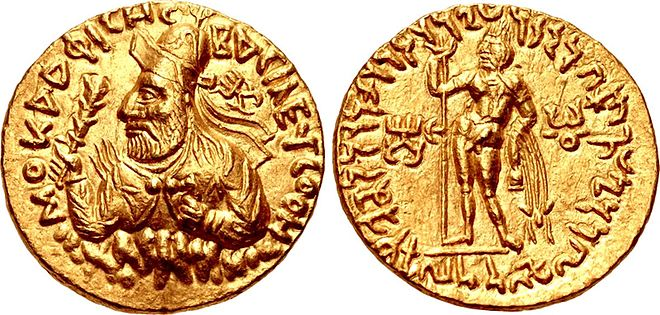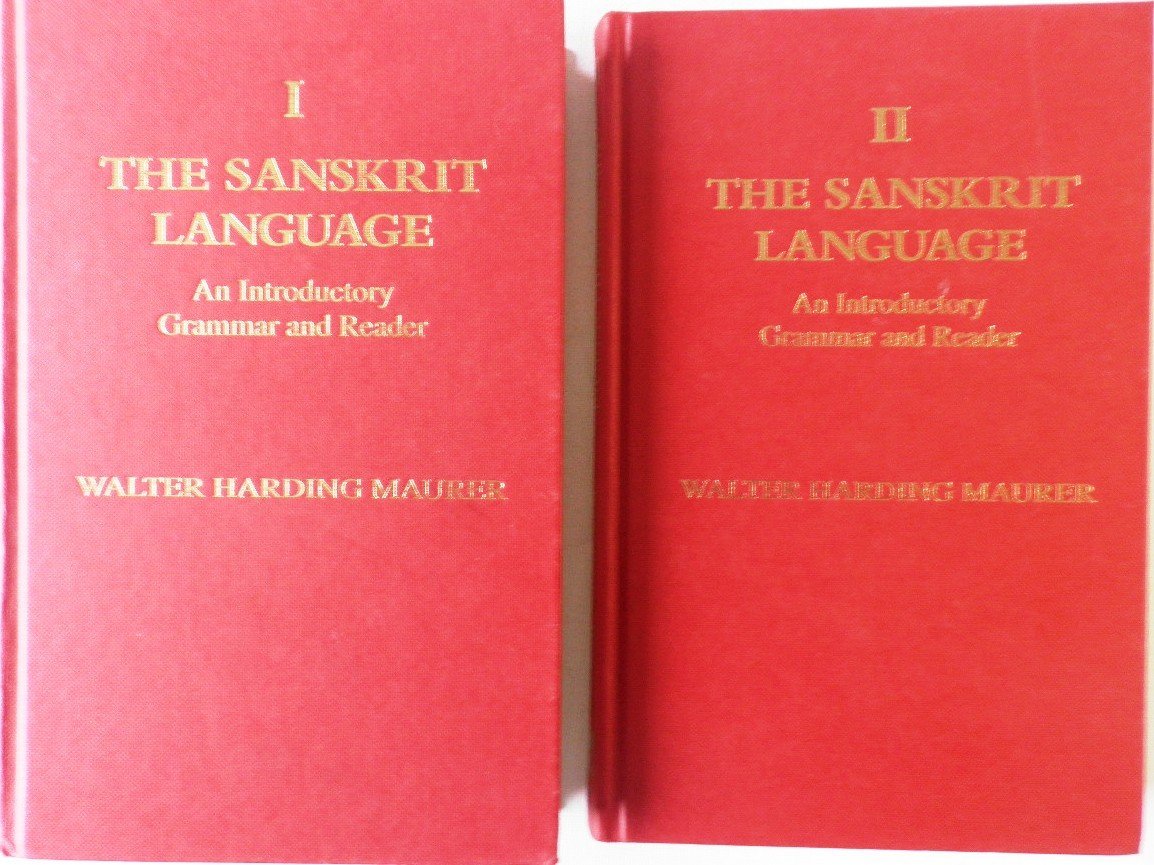
The Kushana Empire was founded by Mahārājādhirāja Kujula Kadphises, a Shaivite Hindu convert from his ancestral Steppe religion of the Yüeh-chih. He was not a Buddhist, as popularly believed.
A thread on the Hindu Emperors of the Kushana Dynasty.


This is incorrect.


So his son had just been continuing his father's tradition & upbringing.






Same thing with Maurya, Harsha etc..
Thread to view the Hindu Art of the Kushanas
Hindu Art of the Kushana Empire. On the left is the Var\u0101ha Avatara (2nd century CE). Right is a sandstone bust of V\u0101sudeva (2nd century CE).
— Indian History (@sukarma0) January 10, 2021
Now, I can confident very few will be even aware Kushana made anything other than Buddhist Art. Why so? pic.twitter.com/UV79mU9MXc
More from Indian History
More from History
You May Also Like
Oh my Goodness!!!
I might have a panic attack due to excitement!!
Read this thread to the end...I just had an epiphany and my mind is blown. Actually, more than blown. More like OBLITERATED! This is the thing! This is the thing that will blow the entire thing out of the water!
Has this man been concealing his true identity?
Is this man a supposed 'dead' Seal Team Six soldier?
Witness protection to be kept safe until the right moment when all will be revealed?!
Who ELSE is alive that may have faked their death/gone into witness protection?

Were "golden tickets" inside the envelopes??

Are these "golden tickets" going to lead to their ultimate undoing?
Review crumbs on the board re: 'gold'.

#SEALTeam6 Trump re-tweeted this.

I might have a panic attack due to excitement!!
Read this thread to the end...I just had an epiphany and my mind is blown. Actually, more than blown. More like OBLITERATED! This is the thing! This is the thing that will blow the entire thing out of the water!
Tik Tok pic.twitter.com/8X3oMxvncP
— Scotty Mar10 (@Allenma15086871) December 29, 2020
Has this man been concealing his true identity?
Is this man a supposed 'dead' Seal Team Six soldier?
Witness protection to be kept safe until the right moment when all will be revealed?!
Who ELSE is alive that may have faked their death/gone into witness protection?

Were "golden tickets" inside the envelopes??

Are these "golden tickets" going to lead to their ultimate undoing?
Review crumbs on the board re: 'gold'.

#SEALTeam6 Trump re-tweeted this.





































